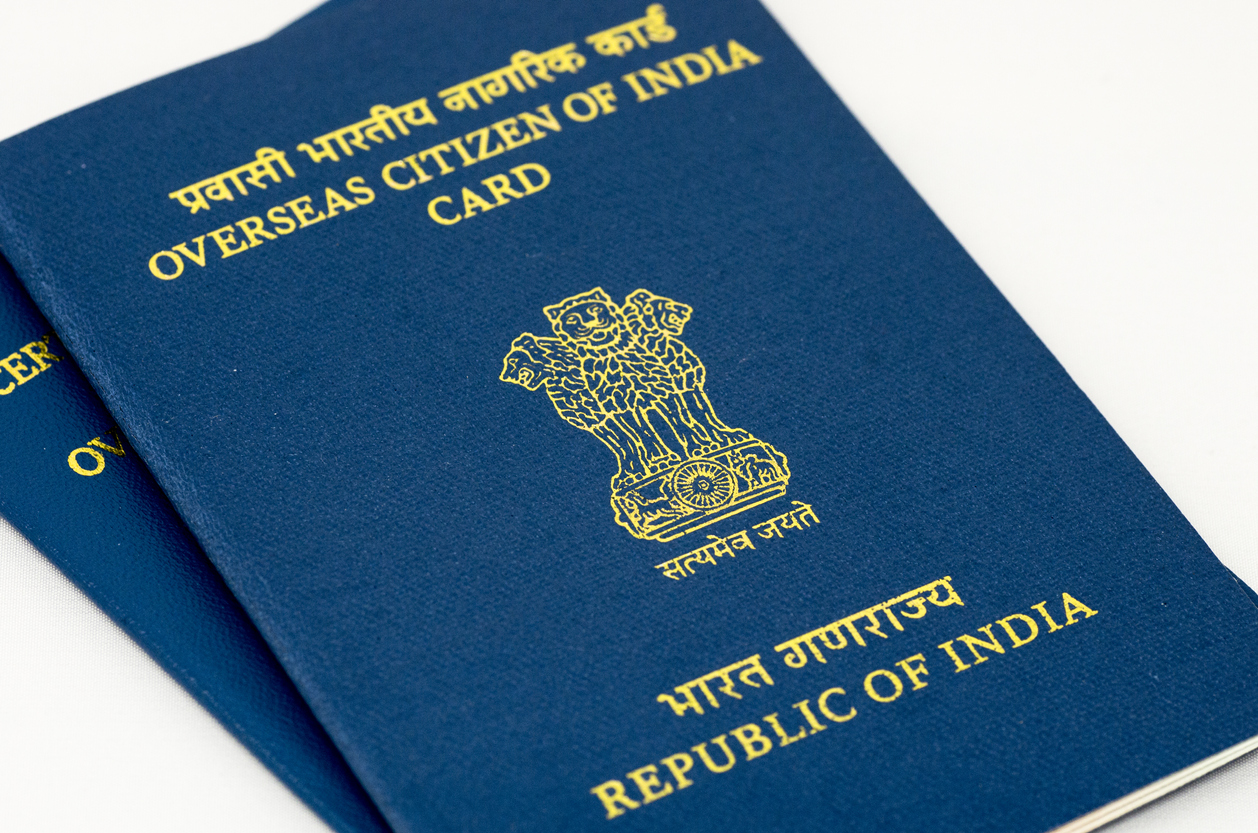Navigating Cultural Differences in India: A Guide for Travelers
Understanding Personal Space Norms
When visiting a new country, it’s essential to understand and respect cultural differences. India is a culturally rich and diverse country, and being aware of customs and traditions will enhance your experience. One significant cultural difference in India is the concept of personal space. Personal boundaries are often closer than what you may be used to, so don’t be alarmed if people stand or sit closer to you.
Respecting Hierarchy and Elders
Another important aspect is the value of hierarchy and respect for elders. Elders are highly revered in India, so always show deference and address them with respect. Additionally, be mindful of the dress code when visiting religious sites. Dress modestly and cover your shoulders and knees. Understanding these cultural differences will help you navigate and appreciate Indian culture during your visit.
In addition to personal space and respect for elders, there are several other cultural differences to be aware of when visiting India. One noticeable difference is the concept of time. Punctuality is highly valued in Western cultures, but in India, meetings and events may start late. Patience is key, and adapting to the slower pace of life is important.
Dressing Appropriately for Religious Sites
Avoid using hand gestures with potential cultural meanings that differ in India. It’s best to avoid using them altogether to prevent misunderstandings or unintended offense. Additionally, it’s customary to remove your shoes when entering homes, temples, or sacred spaces. This is a sign of respect and cleanliness, so follow this practice to avoid causing offense.
The caste system still plays a role in Indian society. While not as prevalent in urban areas, be sensitive to the issue and avoid discussing it unless the locals bring it up.
By understanding and respecting these cultural differences, you can avoid potential culture shock and have a more enjoyable experience during your first visit to India. Keep an open mind, be respectful, and embrace the diversity and vibrancy of Indian culture.
It’s also important to note that personal hygiene practices may differ in India. In some areas, public spitting or urinating is common. While uncomfortable to witness, understand that it’s a cultural difference and refrain from passing judgment.
Indirect communication is significant in Indian culture. Pay attention to nonverbal cues like body language and facial expressions, as Indians often communicate indirectly.
Prepare for the bustling nature of Indian cities. Embrace the energy and vibrancy, despite the initial overwhelm.
Educate yourself about India’s rich history and diverse traditions. Show respect for the culture, engage in meaningful conversations, and interact with the locals.
To fully appreciate the beauty of India’s rich cultural heritage, understand and respect its cultural differences. Embrace diversity, keep an open mind, and approach situations with curiosity and respect.
Another cultural aspect to consider is the concept of personal space. In India, people stand closer together, and personal boundaries are different from those in the United States. This cultural norm may involve touching or brushing against others in crowded spaces. Understand that this is customary and not alarming or offensive.
Punctuality varies in India. While it’s good practice to be on time, be understanding if others are late. Time has a different significance in Indian culture, often with a more relaxed attitude toward punctuality.
Enhancing Cultural Immersion Through Learning
India’s diversity includes languages, religions, and customs. Be open-minded and respectful. Learn about local practices and traditions, showing genuine interest in learning from locals.
Being aware of these cultural differences and showing respect will help you navigate your first-time visit to India, minimizing culture shock. Embrace differences, enjoy unique experiences, and create lasting memories.
Lastly, the significance of hierarchy and respect is crucial in Indian culture. Elders and those in authority are highly respected. Address them formally with titles like Mr., Mrs., or Sir/Madam, and avoid using first names unless invited.
Nonverbal cues and body language play a vital role in communication. Pay attention to these cues for better understanding.
Personal space norms may differ, with closer proximity and physical contact being common. Respect these norms without feeling alarmed.
Modesty is essential in attire, especially near religious sites or in rural areas. Dress conservatively, covering shoulders and knees.
By understanding and respecting these cultural differences, you’ll be better prepared for your first visit to India. Embrace the vibrancy, be open-minded, and approach situations with understanding. This approach will enrich your experience and help you appreciate India’s diverse culture.
Link to more on Indian Culture
Link to Dress Code Information
Link to Cultural Etiquette Tips





